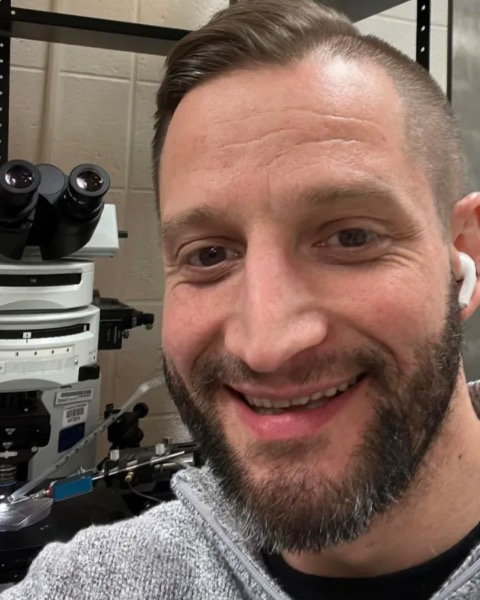Back
Poster
Medical, Urban, and Veterinary Entomology
MUVE: General
D3499: What makes a tick tick? Electrophysiology and behavioral investigation
Tuesday, November 7, 2023
9:00 AM – 6:30 PM ET
Location: Prince George's Exhibit Hall BCD

Daniel Lingeman (he/him/his)
Graduate Research Assistant
University of Kentucky
Lexington, Kentucky- ZS
Zainulabeuddin Syed
University of Kentucky
Lexington, Kentucky
Presenting Author(s)
Co-Author(s)
The lone star tick, Amblyomma americanum, locates hosts primarily through olfaction. However, the olfactory apparatus in ticks is simple with ca. 18 olfactory sensilla exclusively present on the tarsi of the forelegs. We successfully established an electrophysiology paradigm to measure odor induced responses from these sensilla. Further, we were able to connect this physiology setup in tandem with high resolution gas chromatography to systematically record responses of each olfactory sensillum to the constituent odorant. After identifying these compounds, we aim to use behavioral assays to test the identified chemistries.
In order to perform behavioral assays, its is critical to determine the time of day when ticks are most active. We developed a completely automated system to monitor circadian patterns of individual tick activity under controlled climatic condition. Data from multiple individuals over several days revealed a that A. americanum adults and nymphs display a single active peak in 24-hour period.
In order to perform behavioral assays, its is critical to determine the time of day when ticks are most active. We developed a completely automated system to monitor circadian patterns of individual tick activity under controlled climatic condition. Data from multiple individuals over several days revealed a that A. americanum adults and nymphs display a single active peak in 24-hour period.

.png)

